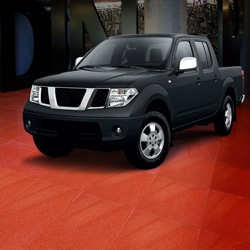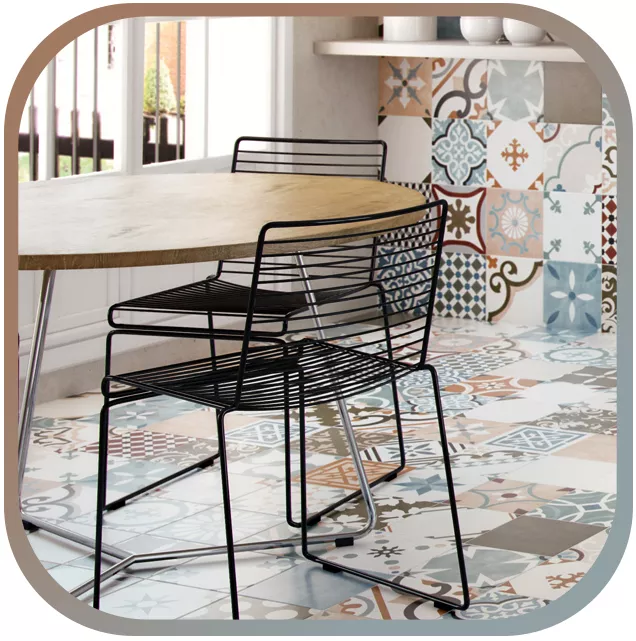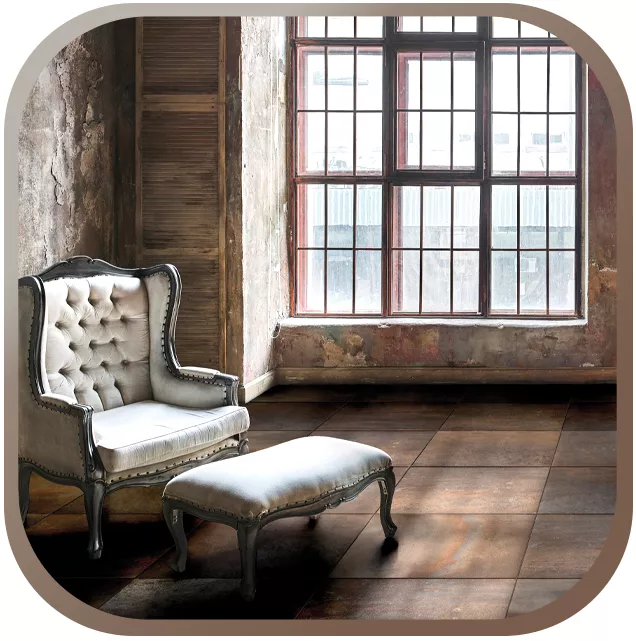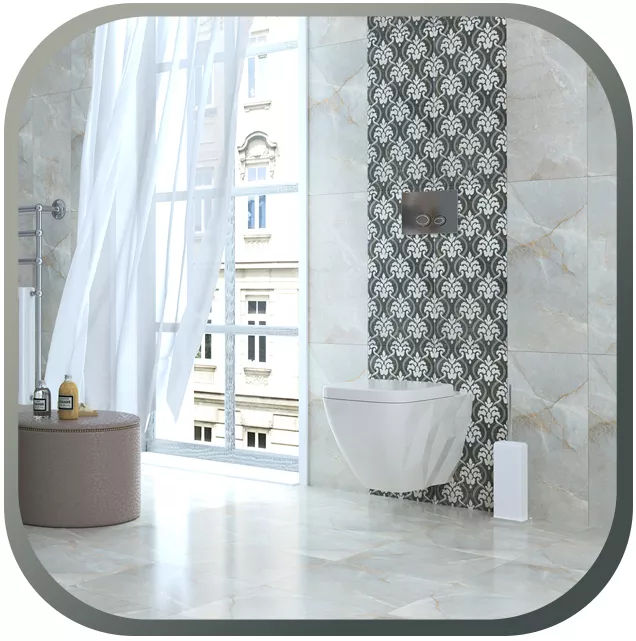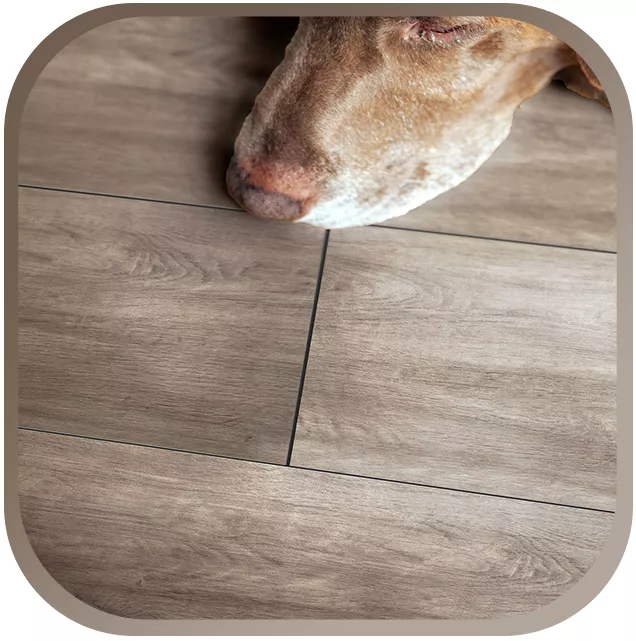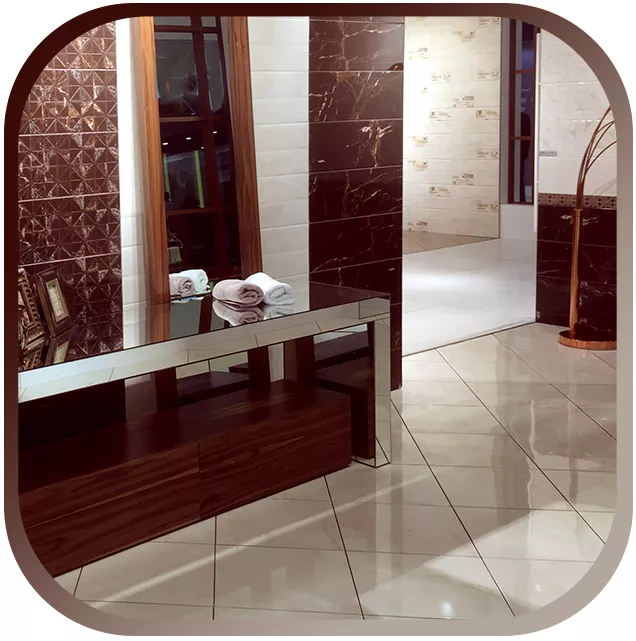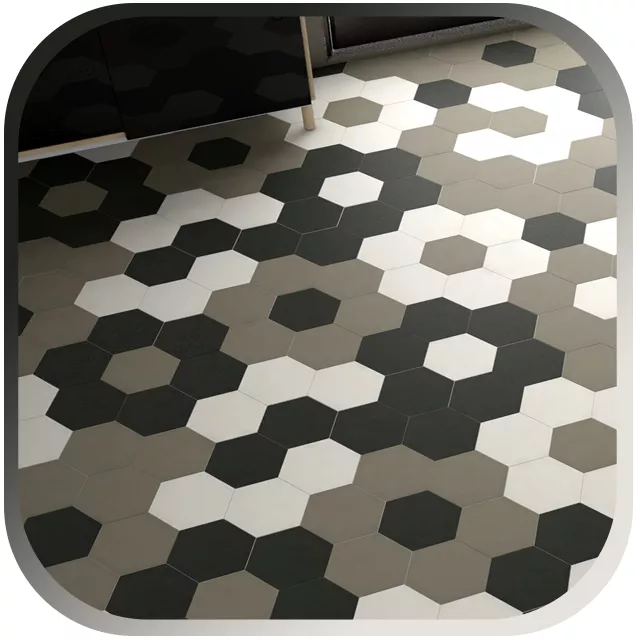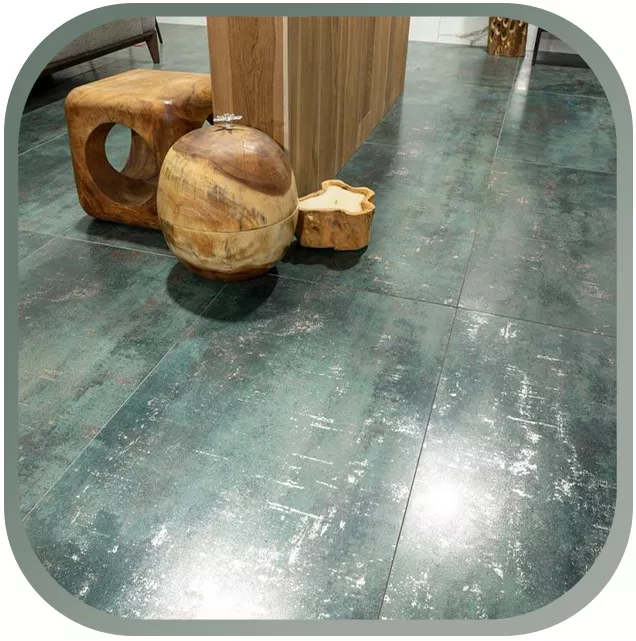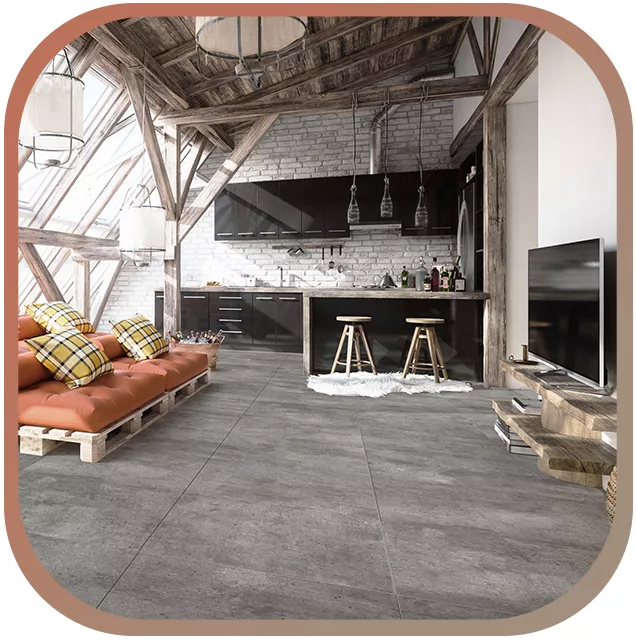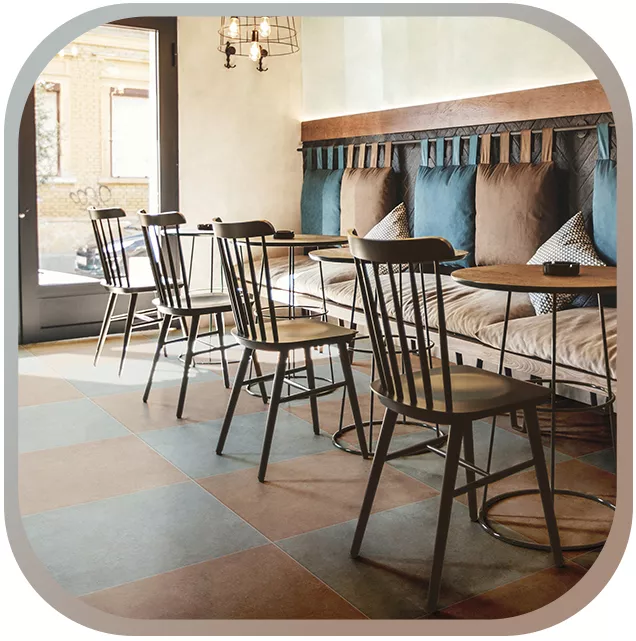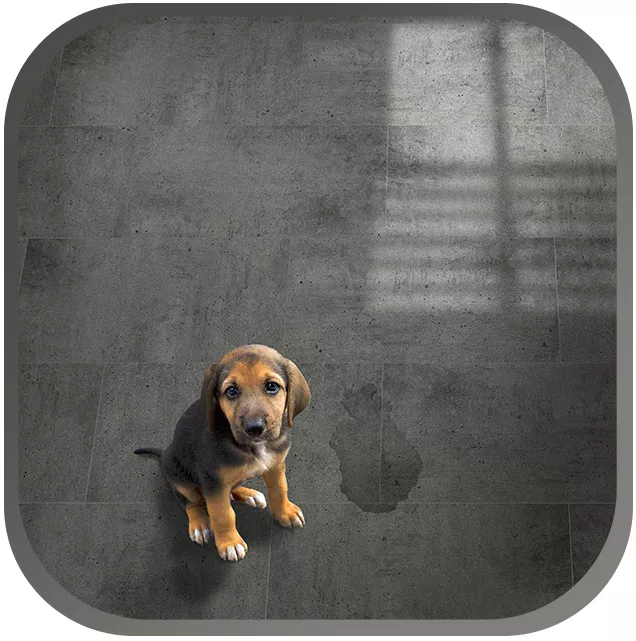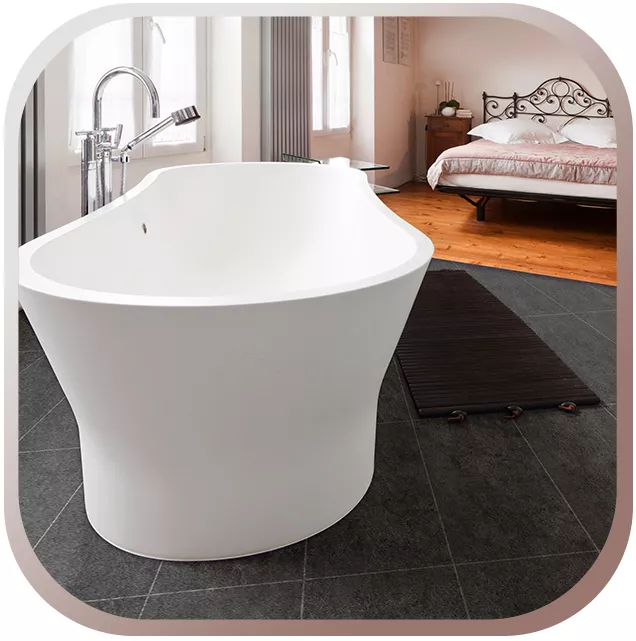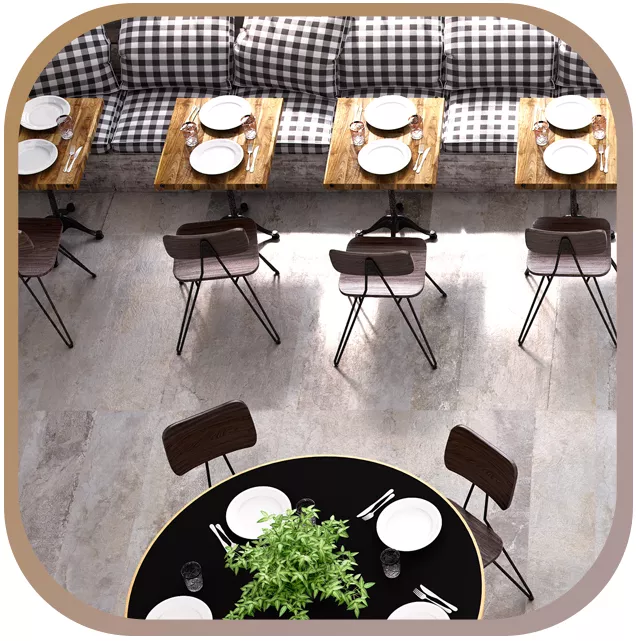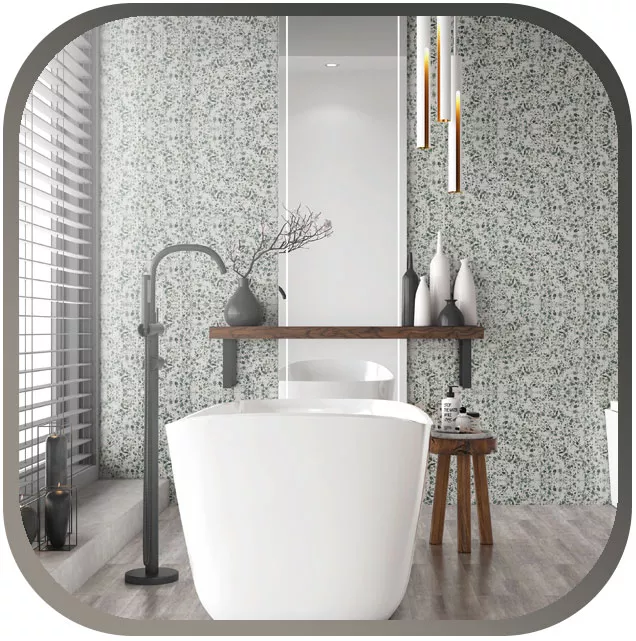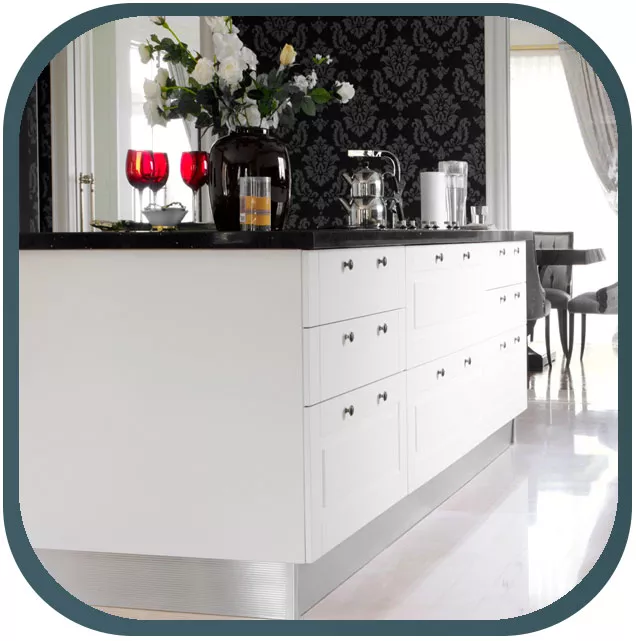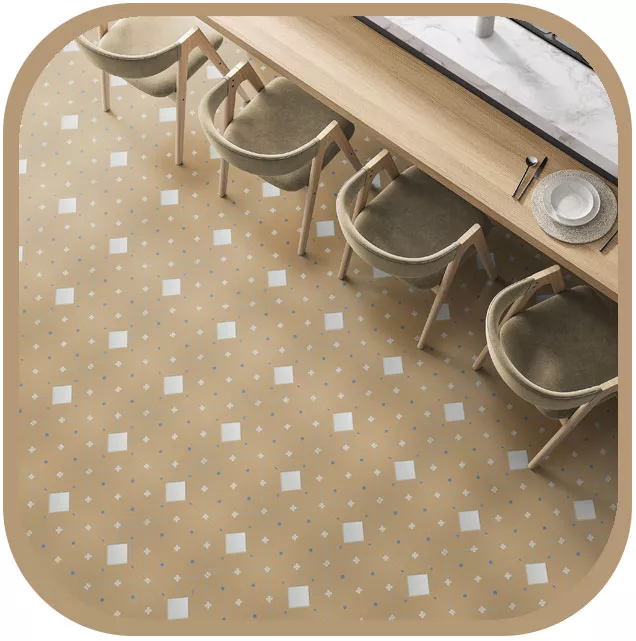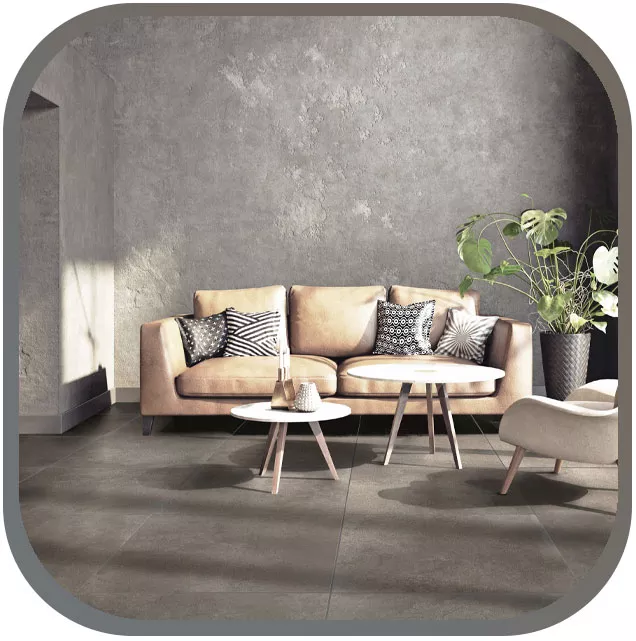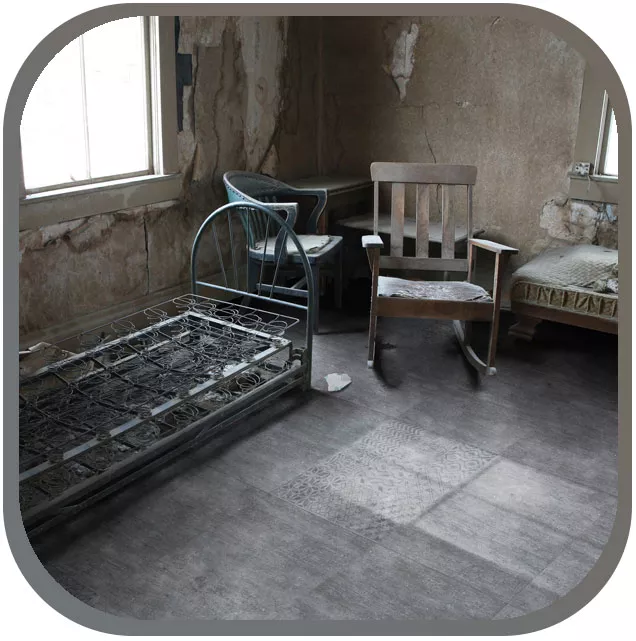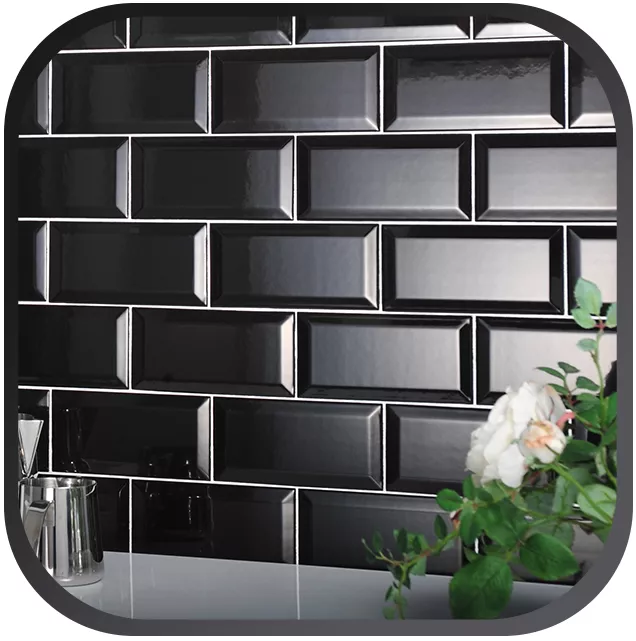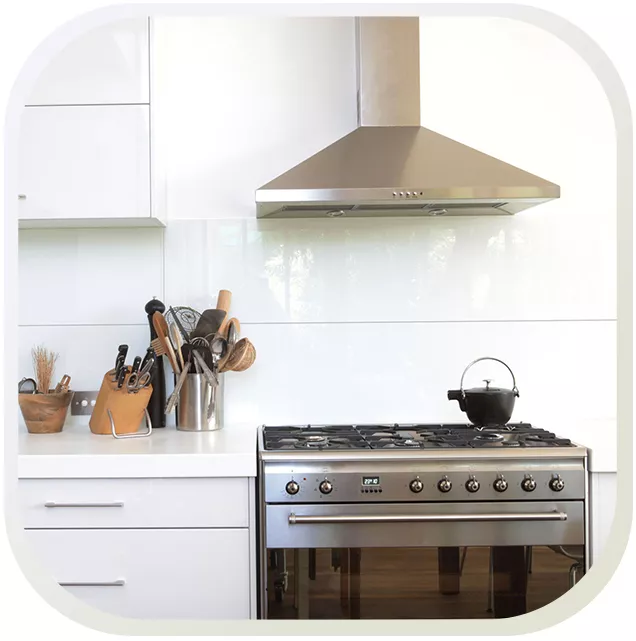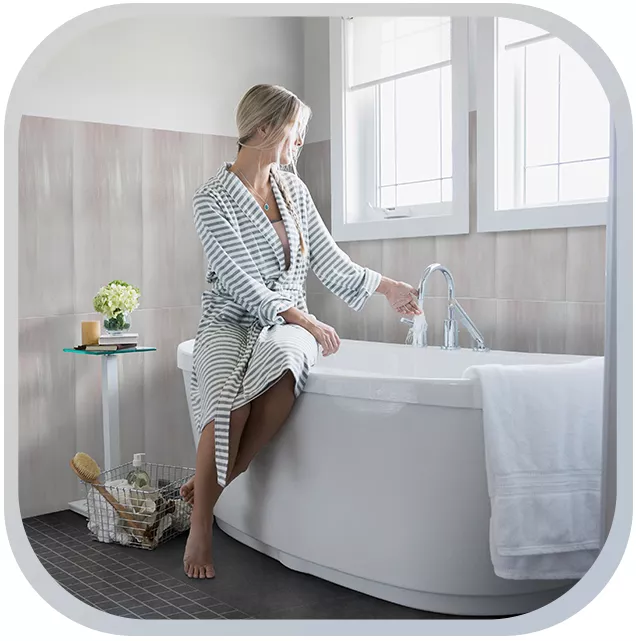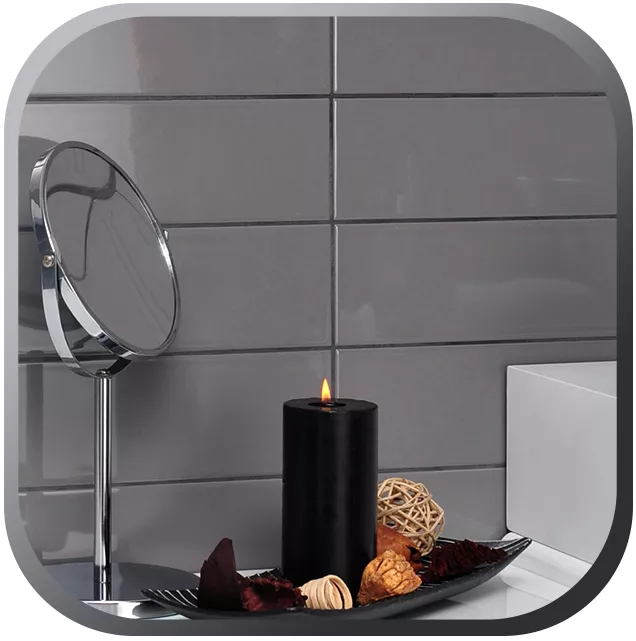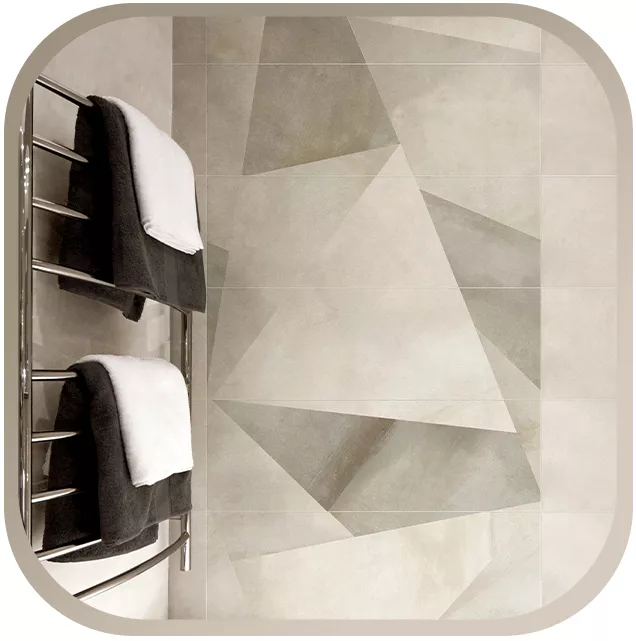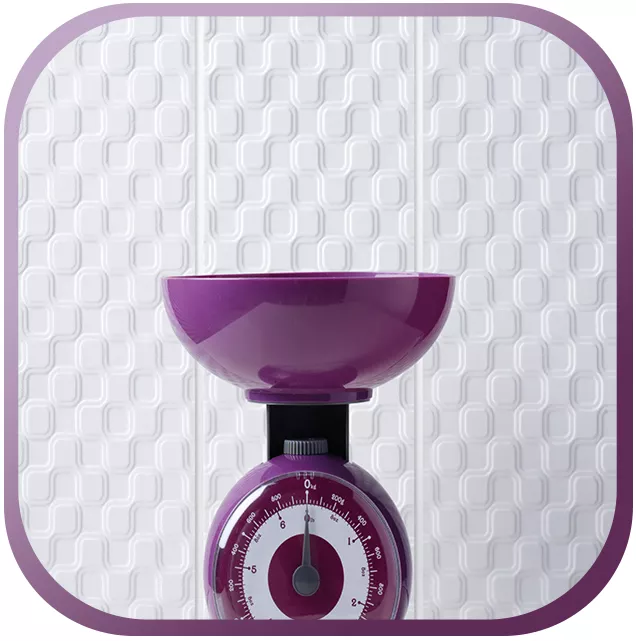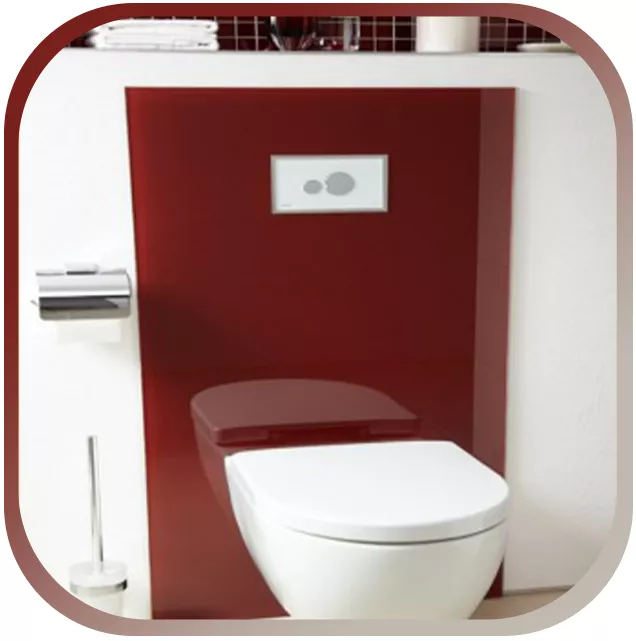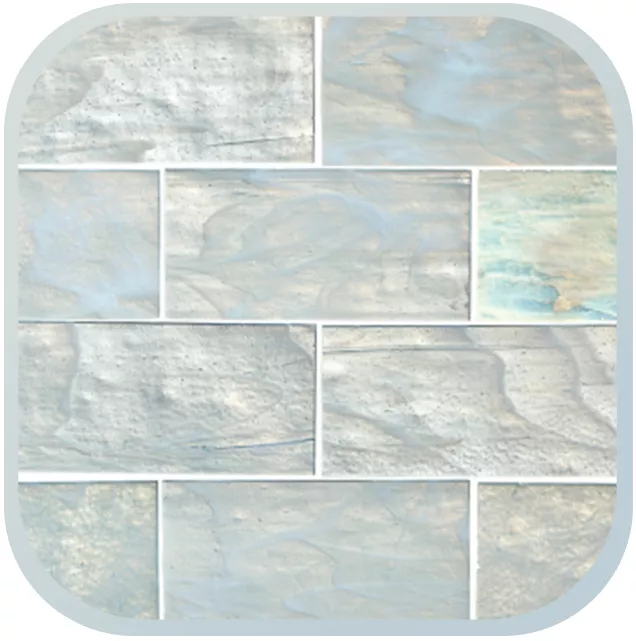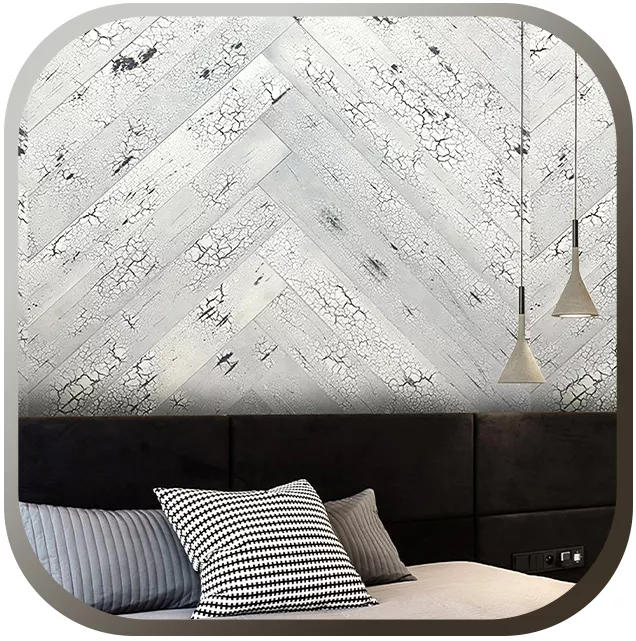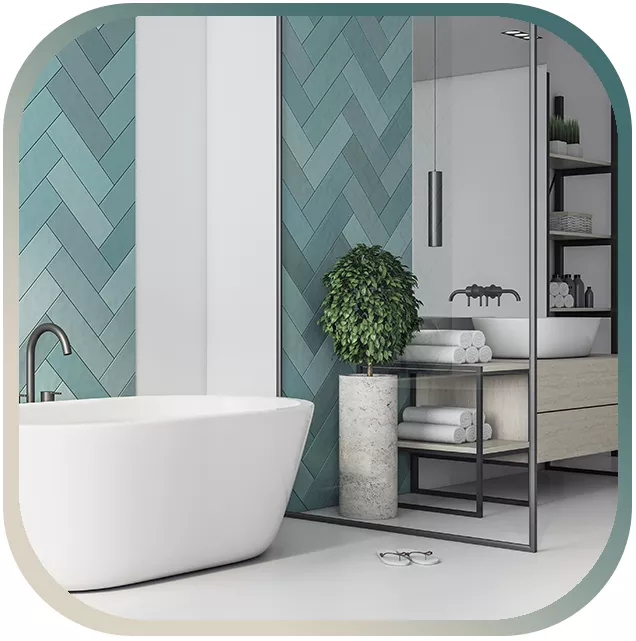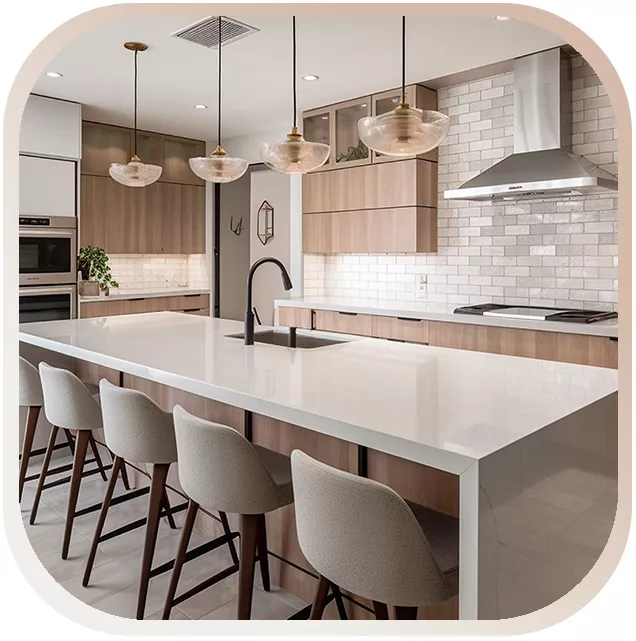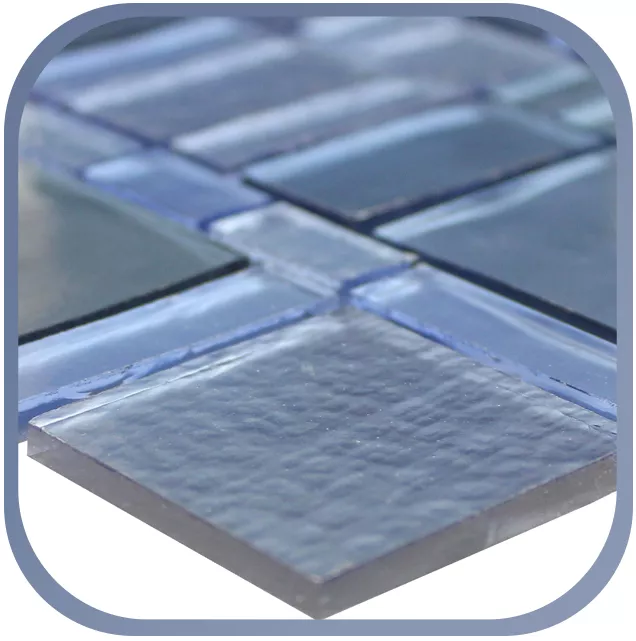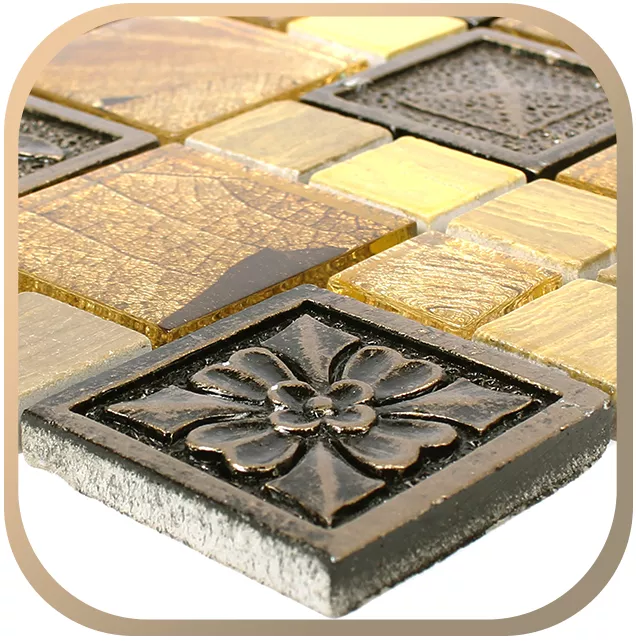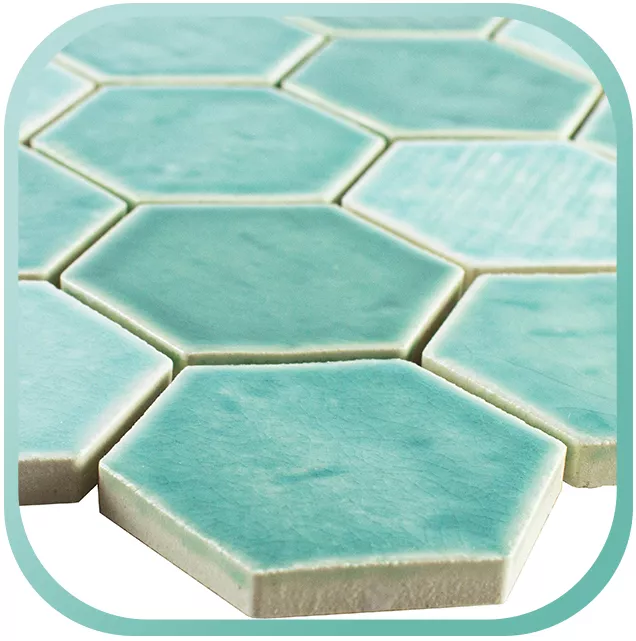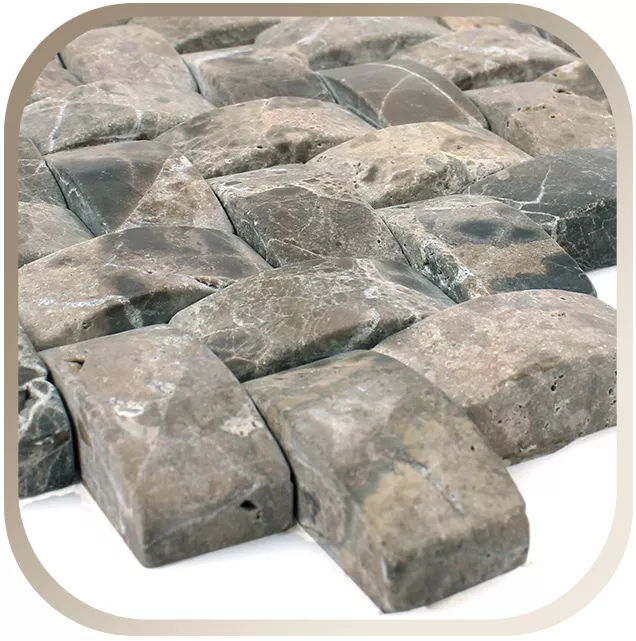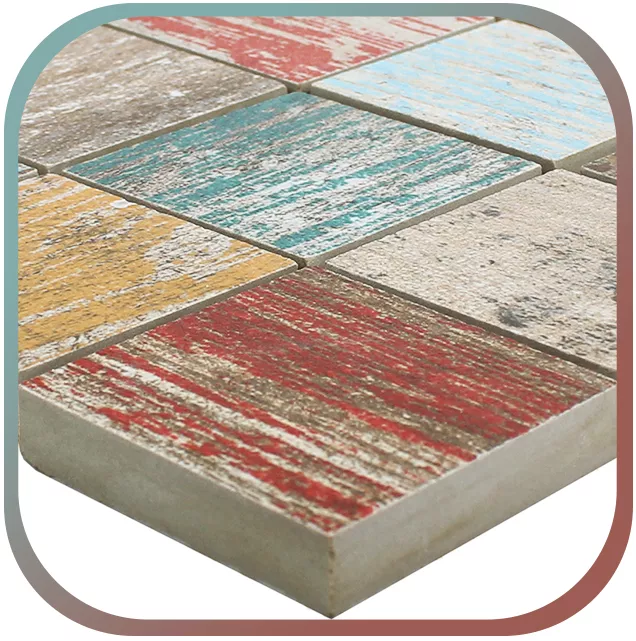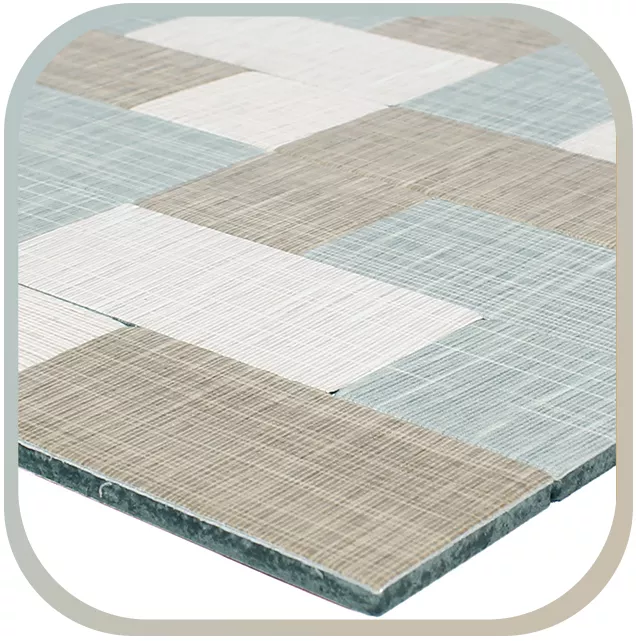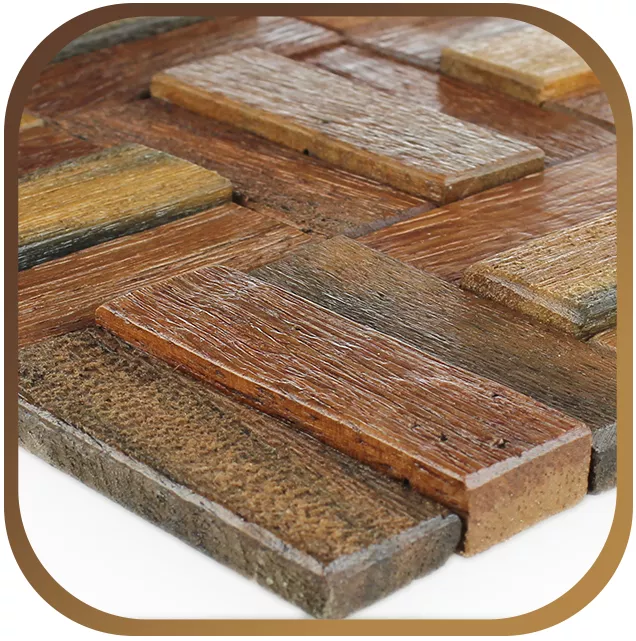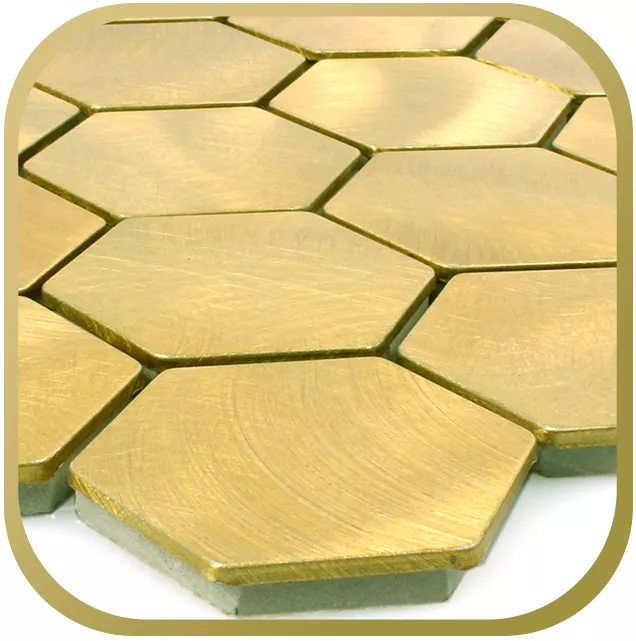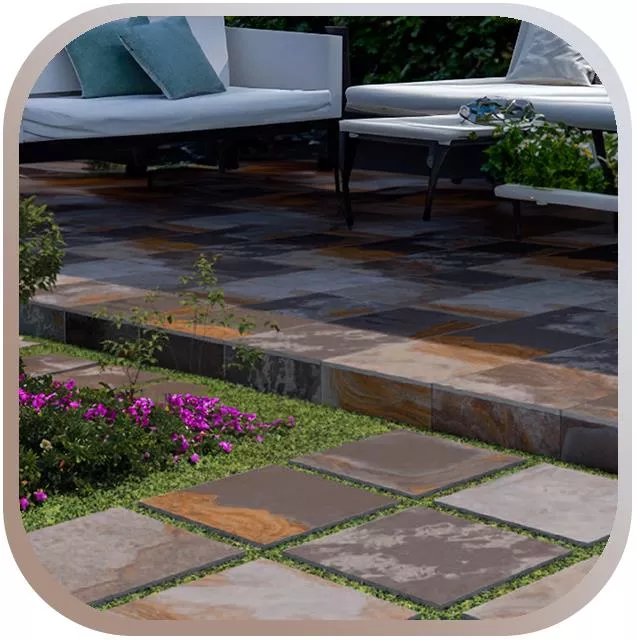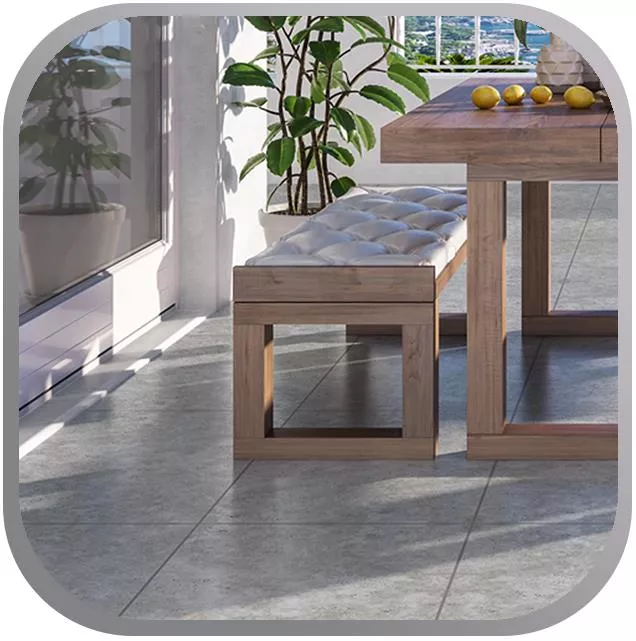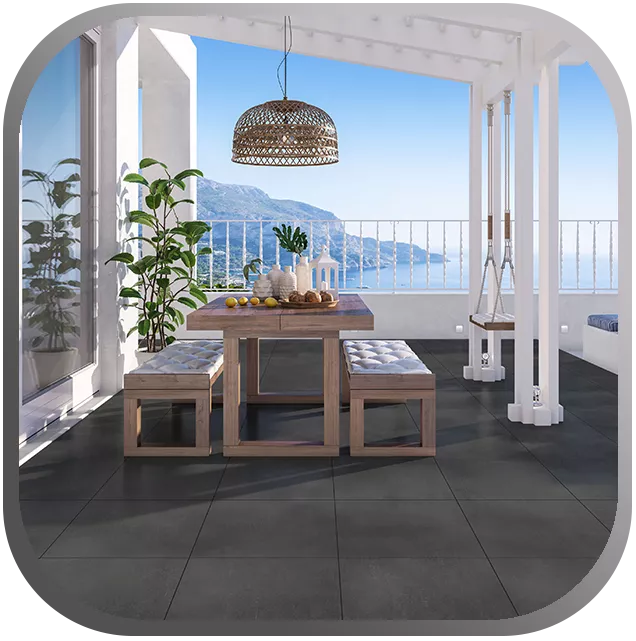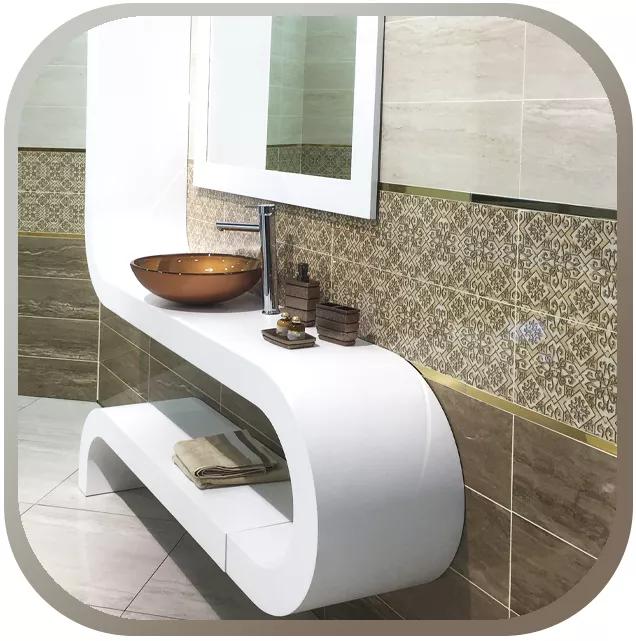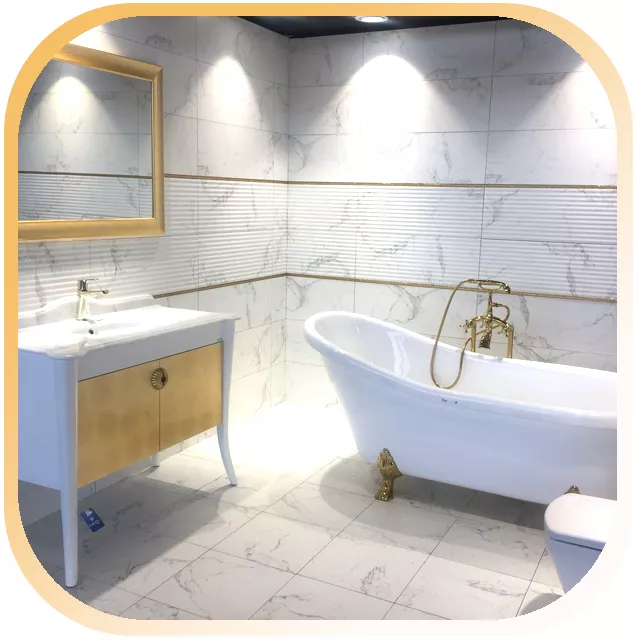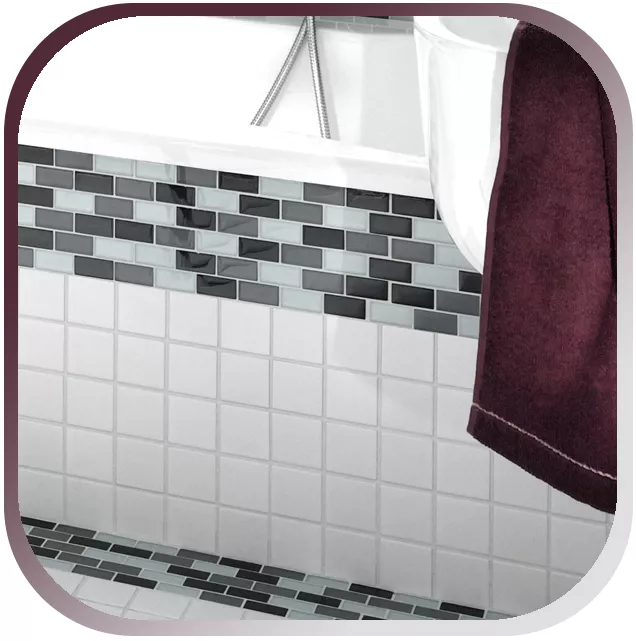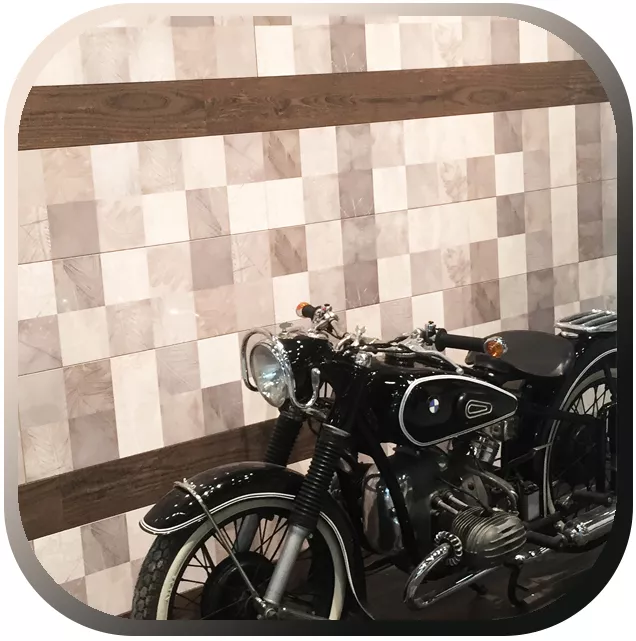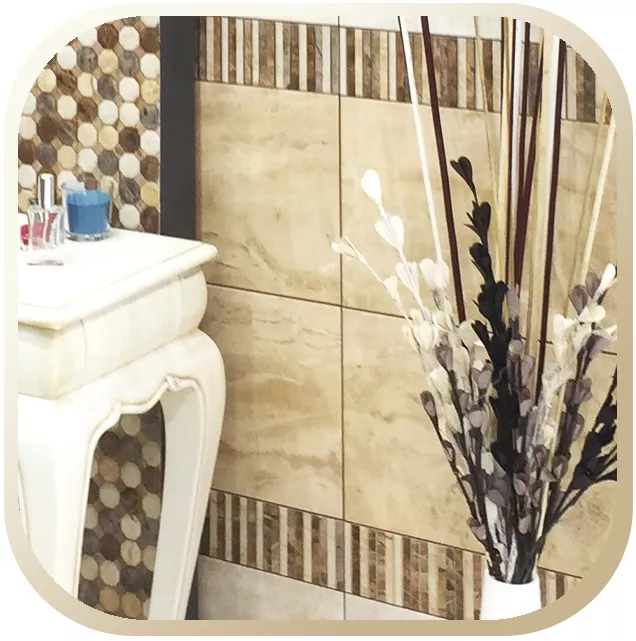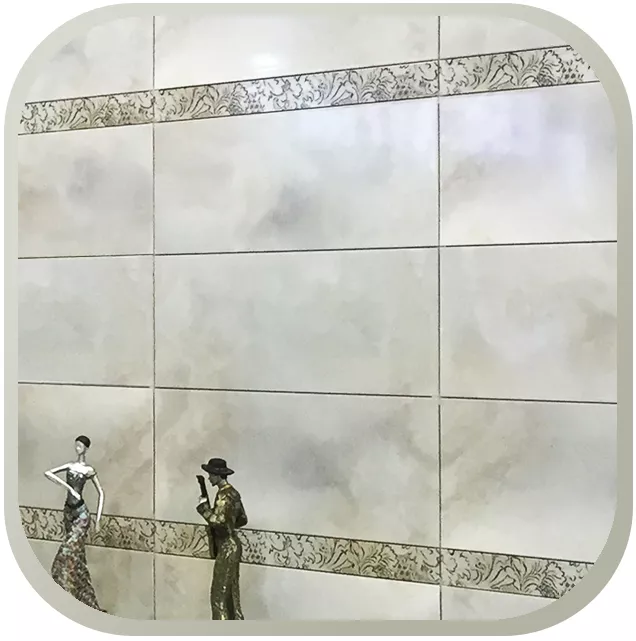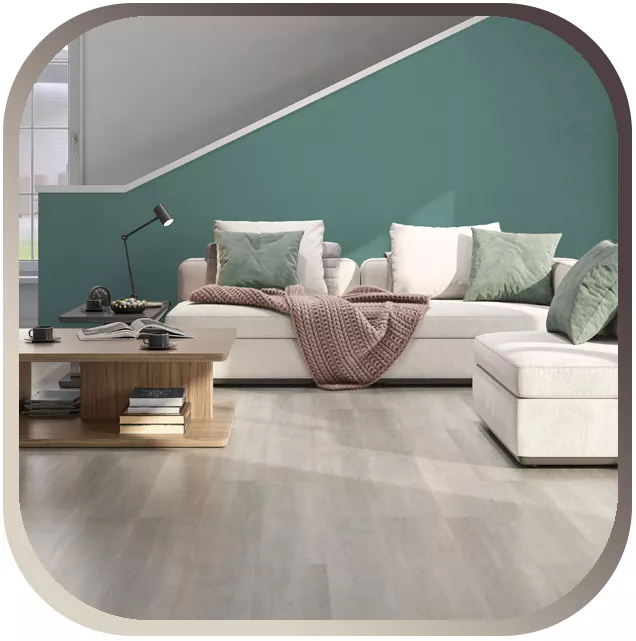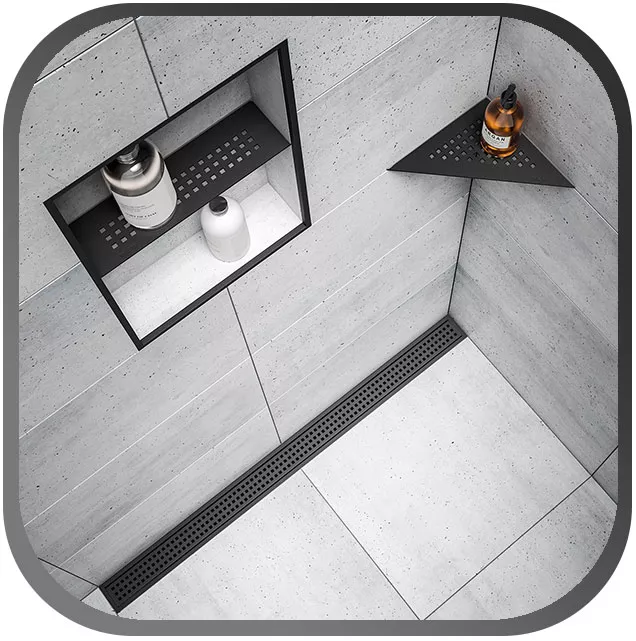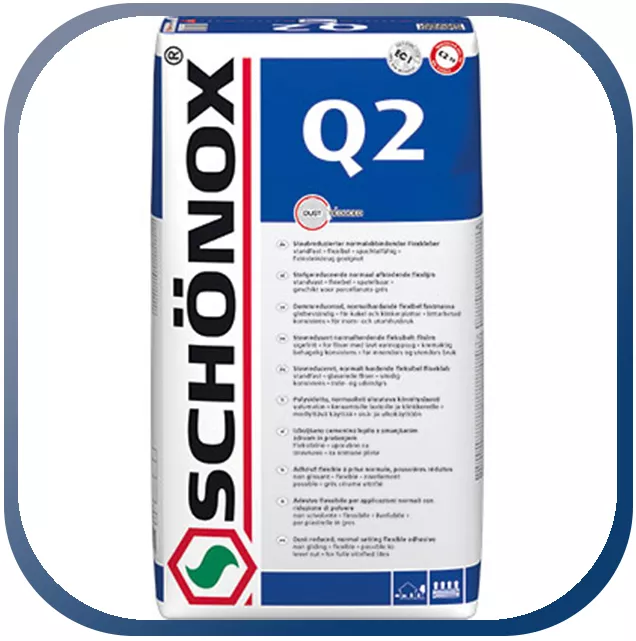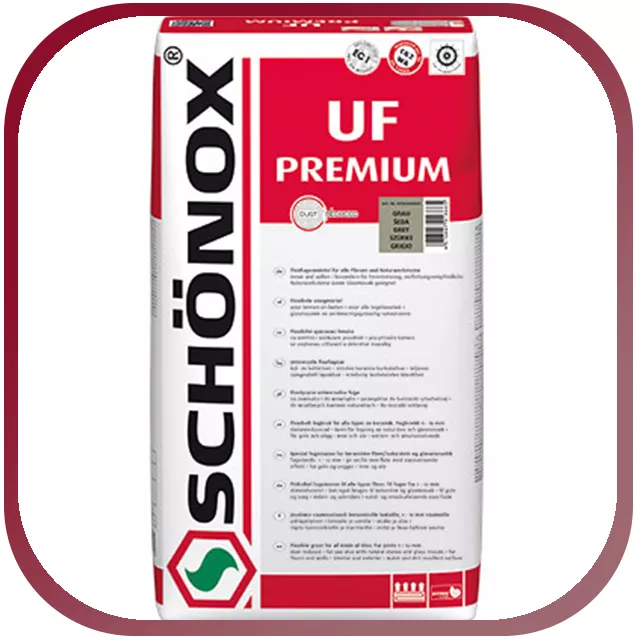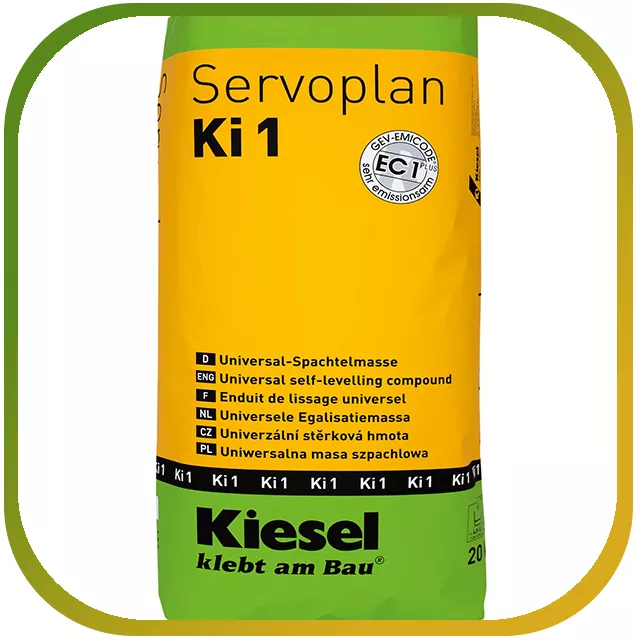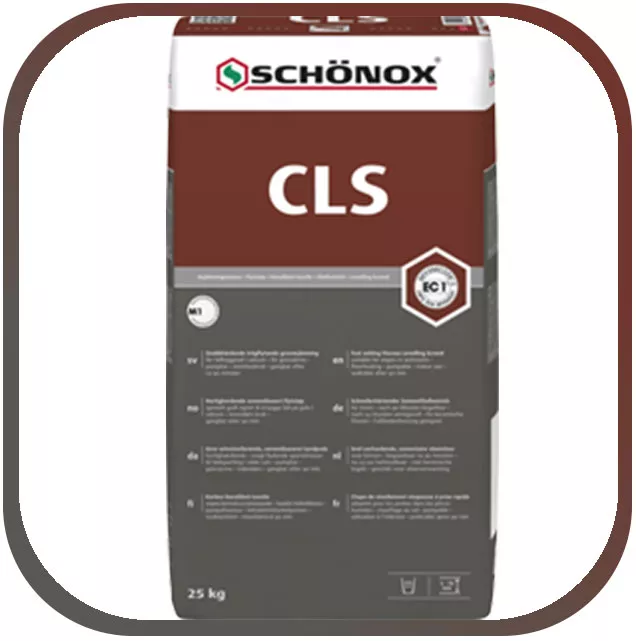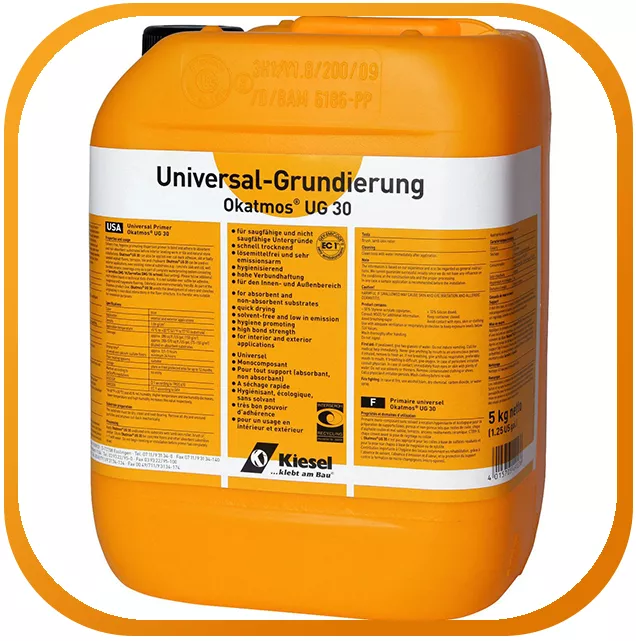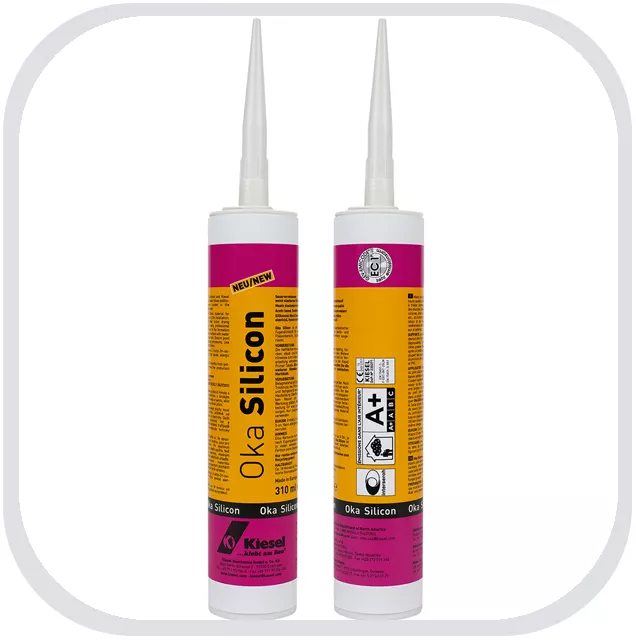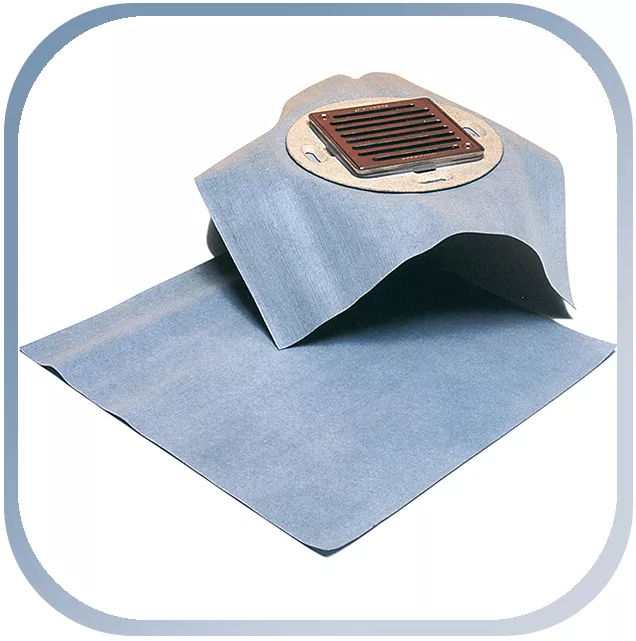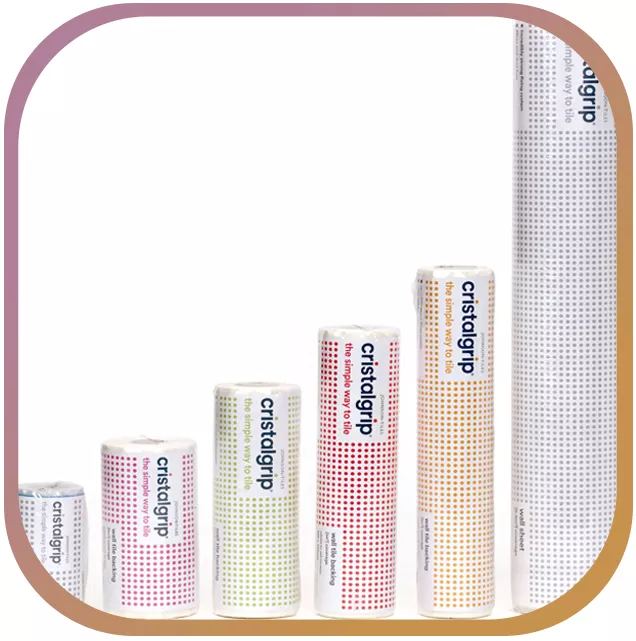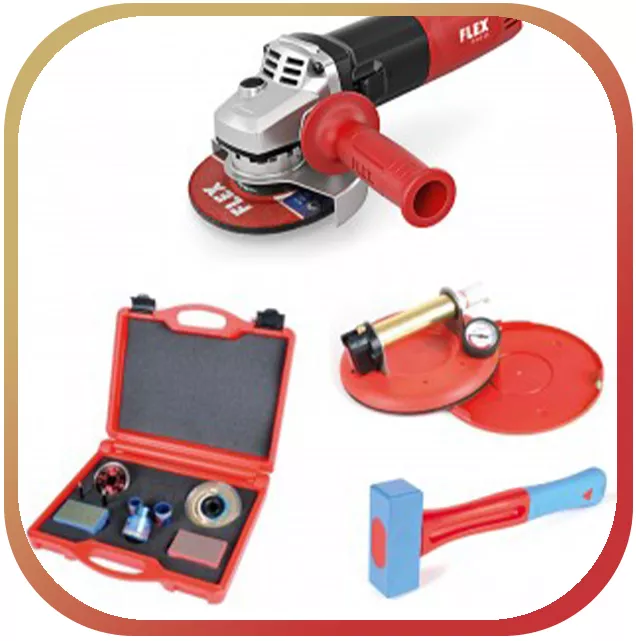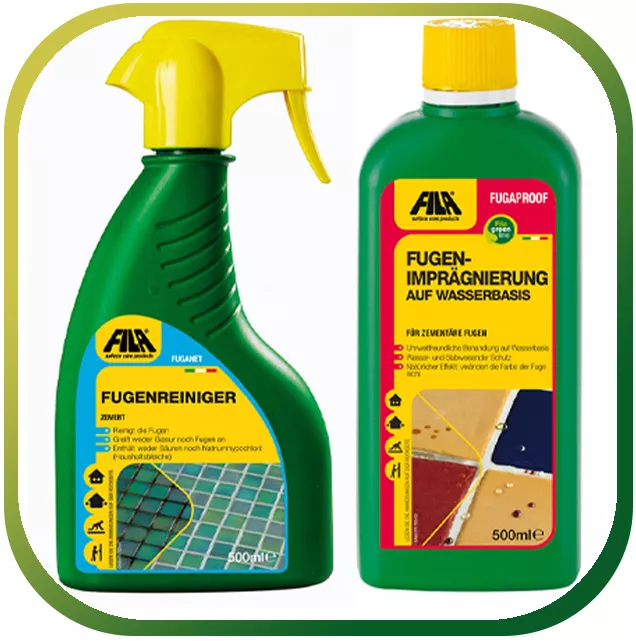Lively and varied - agglomerate plates
Agglomerate tiles are becoming more common instead of traditional tiles used. Because they unite many useful properties and are in countless decors and color combinations available. Your value for money is reasonable and too affordable for smaller budgets.
What are agglomerates plates?
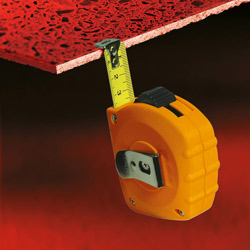 Agglomerate plates consist, as the name suggests, of a combination of different
materials. Splinters of glass, ceramics, quartz and granite in
different parts by weight are shaken
compressed and mixed with synthetic resin. This mixture is on one
applied from mesh fleece. As a big one
recycled glass and glass are often environmentally friendly
ceramics for use, which can still be found here in recycled form
make it useful once. This saves resources and reduces
mountains of garbage.
Agglomerate plates consist, as the name suggests, of a combination of different
materials. Splinters of glass, ceramics, quartz and granite in
different parts by weight are shaken
compressed and mixed with synthetic resin. This mixture is on one
applied from mesh fleece. As a big one
recycled glass and glass are often environmentally friendly
ceramics for use, which can still be found here in recycled form
make it useful once. This saves resources and reduces
mountains of garbage. Thanks to the addition of glass, the color of the agglomerate tiles can almost be varied endlessly. Earthy tones, gray, white and black looks cool and clean. So the plates bring how marble too, a natural atmosphere in everyone spaces.
Agglomerate panels are also available in deep, richly luminous shades made. In blue, green or orange for example, the tiles give effective effects walls and floors. Whether light or dark, the color strength of agglomerate panels is retained for years. as with natural stone, the colors can be more direct sun exposure slightly
The design of agglomerate Plates
The surface of the agglomerate plates is disordered by inserted shards enlivened. These can be made of glass or porcelain. Rock fragments or pebbles can also be removed use. This creates interesting structures and directional pattern. Agglomerate tiles can also be created with the help of engrave and inlay water jet technology. With that leaves create any pattern. The plates can can also be filled with mosaic. This must be the case created height difference with glue or similar things are balanced again.
The properties of the agglomerate tiles
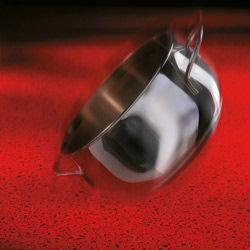 Numerous positive properties characterize all agglomerate tiles, whether they are as
large slabs or small tiles can be made. Through the
raw materials used withstand agglomerate plates
external influences. So can
neither heat nor frost damage the tiles. Agglomerate tiles
get no cracks or cracks and also warp
rapid temperature changes. So the plates are too
suitable for underfloor heating. Wetness and
all tiles tolerate moisture without damage.
Because of their hard, smooth surface, agglomerate is tile
extremely easy to care for. A damp wipe is sufficient
in most cases completely. In heavier ones
cases can be both fat-releasing as well
acidic cleaners applied largely without hesitation
will. Because agglomerates are also effective against acids and alkalis
plates resistant. In the event of fire, the tiles resist up to
to a certain degree of exposure to heat. Slip resistance and
impact resistance is also among the
advantages of agglomerate tiles.
Numerous positive properties characterize all agglomerate tiles, whether they are as
large slabs or small tiles can be made. Through the
raw materials used withstand agglomerate plates
external influences. So can
neither heat nor frost damage the tiles. Agglomerate tiles
get no cracks or cracks and also warp
rapid temperature changes. So the plates are too
suitable for underfloor heating. Wetness and
all tiles tolerate moisture without damage.
Because of their hard, smooth surface, agglomerate is tile
extremely easy to care for. A damp wipe is sufficient
in most cases completely. In heavier ones
cases can be both fat-releasing as well
acidic cleaners applied largely without hesitation
will. Because agglomerates are also effective against acids and alkalis
plates resistant. In the event of fire, the tiles resist up to
to a certain degree of exposure to heat. Slip resistance and
impact resistance is also among the
advantages of agglomerate tiles. Use of agglomerate plates
